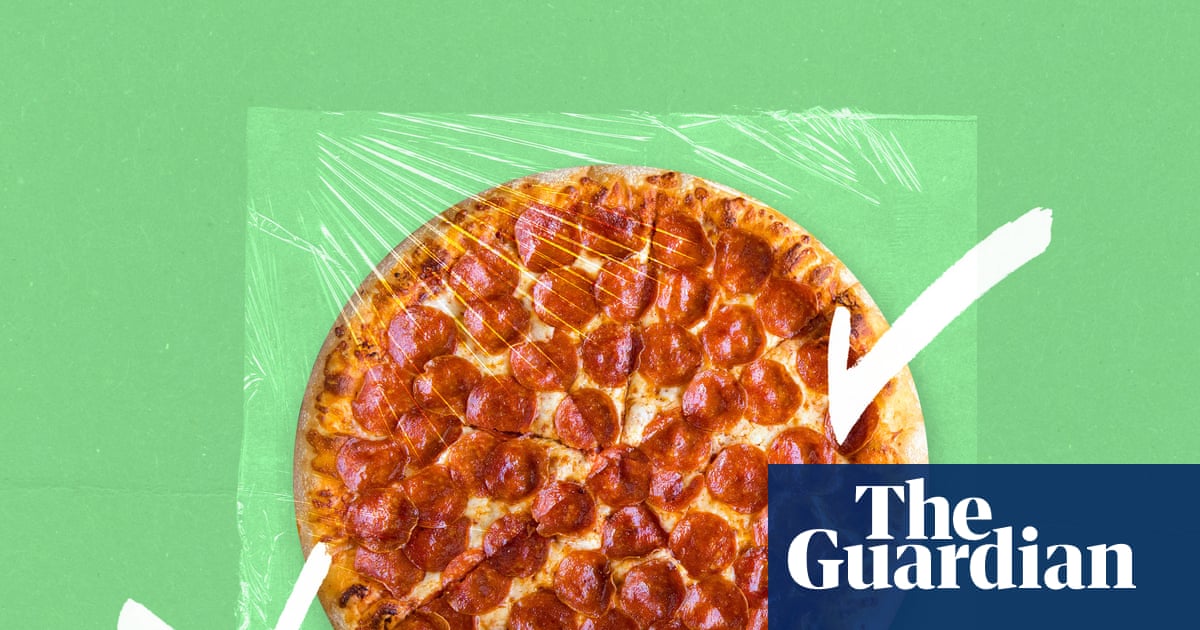
"A major global report released this week linked ultra-processed foods to harm in every major human organ. For people in the US, the UK and Australia, these foods make up more than half the calories they consume each day. But it's not always easy to tell which foods are ultra-processed. The term was coined in 2009 by researchers at the University of Sao Paulo, as part of their Nova food classification system that sorts foods into four groups:"
"Group one: unprocessed or minimally processed foods including whole fruits and vegetables, milk, oats and rice. Group two: processed basic ingredients used in cooking including salt, sugar and vegetable oils. Group three: processed foods made by adding items from groups one and two. Includes canned legumes, bread and cheese. Group four: ultra-processed foods which are commercial products made from extracts of foods, often with added chemicals, flavours and other ingredients you wouldn't find in a home kitchen."
Ultra-processed foods are industrial commercial products made from food extracts and additives and are linked to harm across major human organs. In the US, the UK and Australia they supply more than half of daily calories for many people. The Nova classification sorts foods into four groups: unprocessed or minimally processed foods; processed basic ingredients; processed foods combining group one and two items; and ultra-processed products created with industrial processes and additives. Long ingredient lists with unfamiliar names (for example maltodextrin and soy lecithin) commonly indicate ultra-processed foods. The Open Food Facts app can identify product categories.
Read at www.theguardian.com
Unable to calculate read time
Collection
[
|
...
]